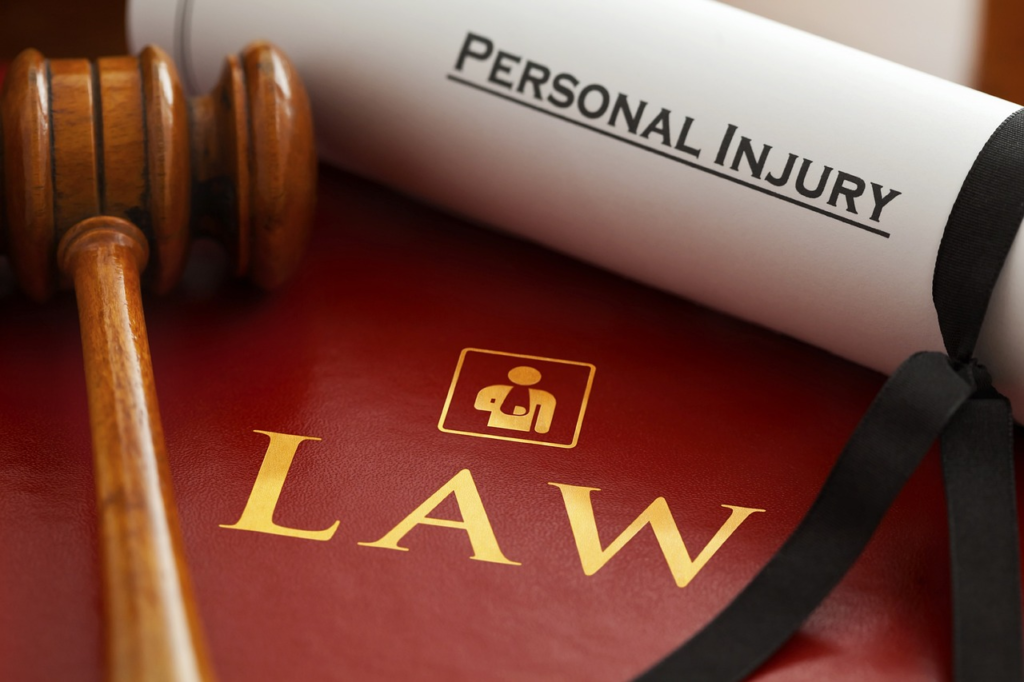Hit and runs are, unfortunately, a common occurrence on our roads. According to statistics, there were around 4 million hit and run incidents between 2018 and 2022 in the US.
Anyone injured in a hit and run accident should seek legal advice from a lawyer to explore their best options moving forward. Since at-fault parties of these accidents don’t leave their contact details, it is important to collect relevant evidence at the scene of the accident with the help of a lawyer.
Keep reading to discover the legal options victims have to recover losses after a hit and run accident. We will start by discussing the immediate steps a person should take.
Immediate Steps After a Hit and Run Accident
The first step is to call 911 if you have sustained any injuries. Even if you feel fine, it is important to seek medical attention since some injuries may not be too obvious. Medical records will also record the extent of injuries and establish a connection to the accident.
Next, collect as much evidence as possible on the scene. This includes:
- Taking photos of your damaged vehicle.
- The accident site
- Any visible injuries
Also, speak to witnesses and get their contact information, if possible, as their side of the story may be valuable. The law enforcement is required to be updated and file a police report. A detailed report will help in the investigation and is required when filing insurance claims.
Legal Options After a Hit and Run
Here are some insurance claims and legal options hit and run victims can pursue.
Uninsured Motorist Cover
After a hit and run, your first recourse is often your insurance policy. For those with uninsured motorist coverage, filing this claim is one of the legal options.
It can help in covering medical expenses, lost wages, and property damage when the at-fault driver cannot be identified. Many states often require insurers to offer UM coverage, but it is important to confirm that it is part of your claim.
Personal Injury Protection

If you don’t have UM, another legal option is relying on personal injury protection (PIP) or medical payment coverage, depending on your state and insurance plan. These policies cover medical expenses and lost wages but they don’t include non-economic damages like pain and suffering.
Personal Injury Claim and Lawsuit
In cases where the at-fault driver is identified, victims can file a personal injury claim against the driver’s insurance company. However, if the insurance cover is insufficient, victims can file a lawsuit.
A successful lawsuit requires having enough compelling evidence, such as police reports, witness testimonies, and expert evaluations. Sometimes, courts may award punitive damages in cases where the driver’s actions were reckless to serve as punishment and discourage such behavior.
More Legal Options if the Driver is Unidentified
When the driver remains unidentified, many states offer other options apart from those listed above. Many states have victims’ compensation funds designed to assist those injured. These programs cover medical expenses, funeral costs, and sometimes lost wages, but the compensation is limited.
Conclusion
Personal injury cases are complex even if you know who is responsible for your accident. Hit and run cases are worse as you won’t know who caused the accident. This is why hiring a lawyer is important.
Working with an experienced lawyer can make a big difference when pursuing your legal options after a hit and run. A lawyer can help you navigate the legal processes and maximize your compensation through the different avenues available. Remember, it is always better to trust a lawyer over an insurance adjuster.
Blog Received On Mail




















